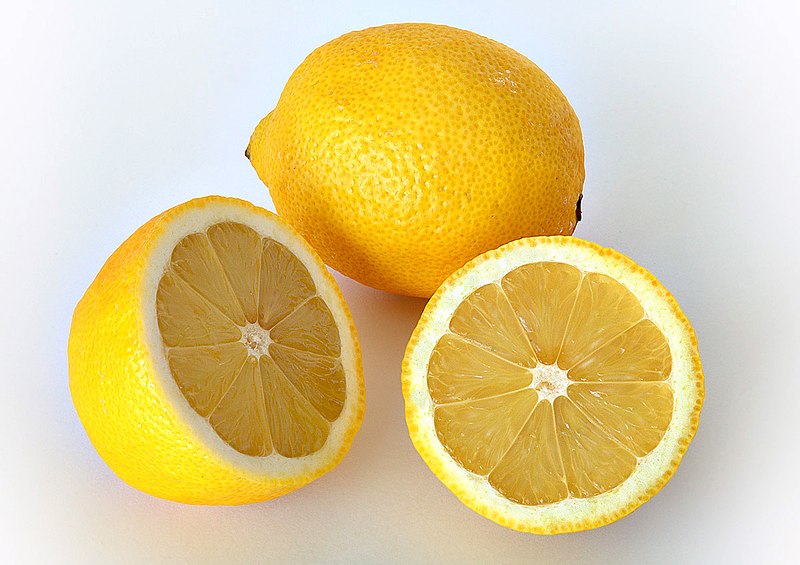Everyone loves marble. Artists have used it for centuries because of it's range in color, polished shine and softer, easily sculptable qualities. However, does that mean it's the best choice for your new kitchen countertops? That's dependent on how much maintenance you're willing to put up with. Granite on the other hand, is more durable, but lacks the aesthetic options that come with marble.
Let's take a look at both materials and consider what they're made of, how much abuse they can take and how to tell if you're getting the quality you deserve.
Marble
The geological term marble is used to refer to metamorphosed carbonate limestone that ranks between 2-5 on the Mohs Scale.*Mohs Scale: A scale of hardness from 1-10 determined by the ability of one mineral to scratch another with Talc=1 and Diamond=10.
Marble is mostly comprised of calcite and dolomite that, through metamorphosis (heat and extreme pressure) result in interlocking carbonate crystals. The swirls and veins you see in the marble are actually a variety of mineral impurities such as silt, clay, sand and iron oxides, that were present in the limestone before the metamorphic process began. These minerals are part of what make marble so versatile in its composition and coloring.
 |
UniFlame WAD820SP 34-Inch Slate & Marble Firepit with Copper Accents |
Granite
Granite is a common igneous rock that consists mainly of quartz (traditionally 20%), mica and feldspar formed by magma, and is usually found in the continental plates of the earth's crust. Sitting at a 7 on the Mohs scale, it's no wonder that granite was identified as a building material as early on as Ancient Egypt. However, because of its set composition, granite's aesthetic range only reaches through grays and peachy-pinks, although formations of Pure Black granite do exist and are noted for their increased durability. |
| Folding Chair with Molded Seat and Back, White Granite |
Yes, both these materials beat out other options like tile or wood countertops in durability, however they are not the impenetrable, unbreakable fortresses they are often claimed to be. Marble is a porous stone, and because of it's naturally permeability as a carbonate rock, acidic liquids will penetrate and damage the stone. This type of stain is referred to as etching, and leaves a dull dark spot on the marble. Etching is impossible to avoid, as so many kitchen staples like lemons and vinegar are acidic. Professional kitchens that use marble countertops combat this by choosing a duller, or honed surface that makes etching less noticeable. The downside of that choice is that a honed surface is more likely than a polished one to show stains left on and absorbed into the stone.
Part of the damage also happen to the penetrating sealant applied to keep the stone from water damage. Some sealants are not as heat resistant as the stone they are covering and may burn. Also, because marble is softer than granite, it is able to be scratched by any object higher on the Mohs scale than itself. Metal pans, especially when hot, or any bakeware with sharp edges will damage the stone. To correct scratching, marble can be sanded and resealed, which takes some serious elbow grease.
Granite does not have these problems as not much is higher on the Mohs scale, but that doesn't mean it shouldn't be treated with basic maintenance and care.
How To Identify Quality Stone
 |
| Lemon |
- Know where your stone is coming from. Do some research about the particular region its the stone quarry is located and check on the quality of the stone there. Not all sources are equal.
- Get a sample. Before agreeing to a large purchase, ask for a sample piece and test it.
- Place a drop of water on the stone to test how porous it is. If the water absorbs in a matter of minutes it's going to be hard to maintain.
- Leave an acidic substance such as a slice of lemon on the stone to see how resistant it is to etching. Other staining can be tested by letting a drop of cooking oil sit. If either leave a dark or dull mark, that particular stone will not make the best countertop.
- If you choose black granite, make sure it hasn't been dyed to deceive you. Pour a small amount of acetone on the sample and wipe it with a white cloth. If the cloth lifts any color from the granite, it isn't true black granite and you should probably switch suppliers to someone you can trust.
Ultimately, the choice is up to you. Granite is more common because of its durability and minimal care requirements. If commonality is not for you, and you desire a more unique look, you now know what marble takes to maintain.


0 komentar:
Posting Komentar